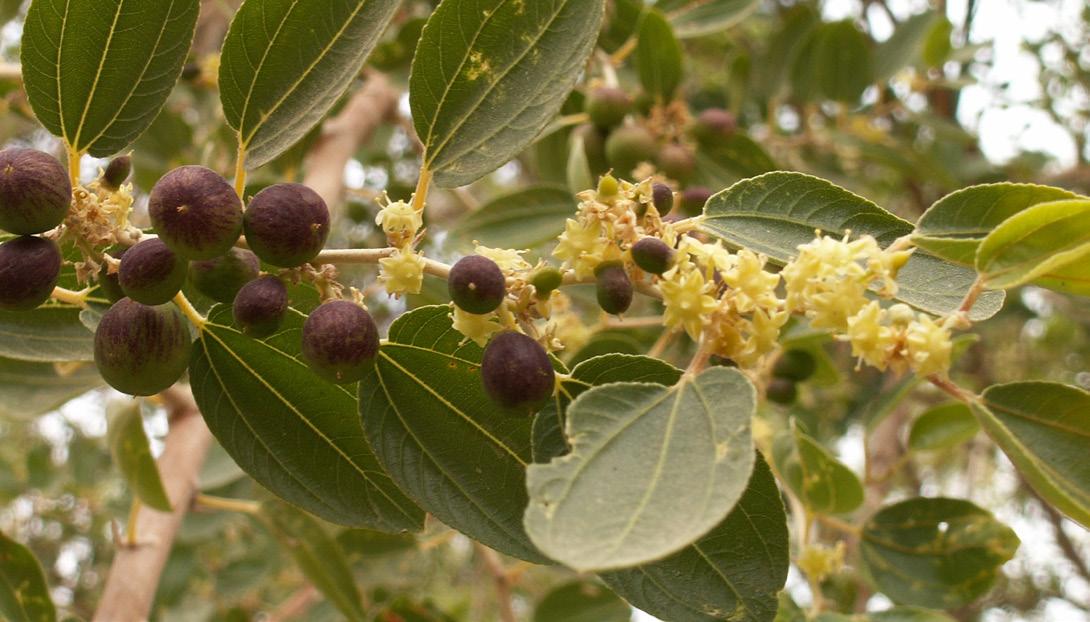Bees for Development Journal 138 April 2021
Uses of chemicals and why we stop using them
I have archived dozens of papers relating to this harm, with the possible intention of writing a review. With the inclusion of ‘plant protectants’, there seems to be more research done these days on bee poisoning than on their natural history, presumably due to the kind of projects that will get government and industry funding. But I recently found that the job of reviewing the deliberate poisoning by beekeepers has already been done for me by Erik Tihelka (2018) who reported on 140 scientific papers concerning the wide-ranging effects on bee health and behaviour of synthetic and organic acaricides. Some of these effects are more subtle, such as on learning behaviour, colony strength and longevity.
David Heaf, Criccieth, UK
The main idea behind my book Treatment-Free Beekeeping is that all chemicals aimed at poisoning the target organism, most commonly Varroa, circumvent natural selection, thereby postponing the coadaptation of the honey bee with that organism, a process involving natural selection. This is discussed in greater depth in the book.
Chemicals and microbiomes
Tihelka also includes effects on the bee gut microbiome. The gut microbiome overwhelmingly dominates the whole bee microbiome and plays a role in metabolism, immune function, growth and development, and protection against pathogens. The honey bee microbiome is stabilised by propolis , and the colony’s propolis envelope promotes beneficial bacteria in the bee’s mouthpart microbiome, reducing pathogenic or opportunistic microbes and promoting the proliferation of putatively beneficial microbes. In view of these findings, upsetting the hive’s chemical balance by inserting, spraying in or pouring in acaricides looks very much like throwing a spanner in the works. However, even without apicultural poisons, it appears that the honey bee microbiome is somewhat compromised in agricultural environments compared with pristine environments, an example of the latter being an Adriatic island.
Photo © David Heaf
Chemicals used as acaricides (miticides) are in various degrees damaging to bee health. This applies as much to the commonly used organic acids and essential oils as to synthetic compounds such as pyrethroids. Acaricides variously harm drones, queens and workers throughout their development. Over the past 10 years,
A Warré hive apiary in a field corner. Two untreated colonies; the one on the left is over 10 years old at the time of writing. (My colonies are never artificially requeened) 11








